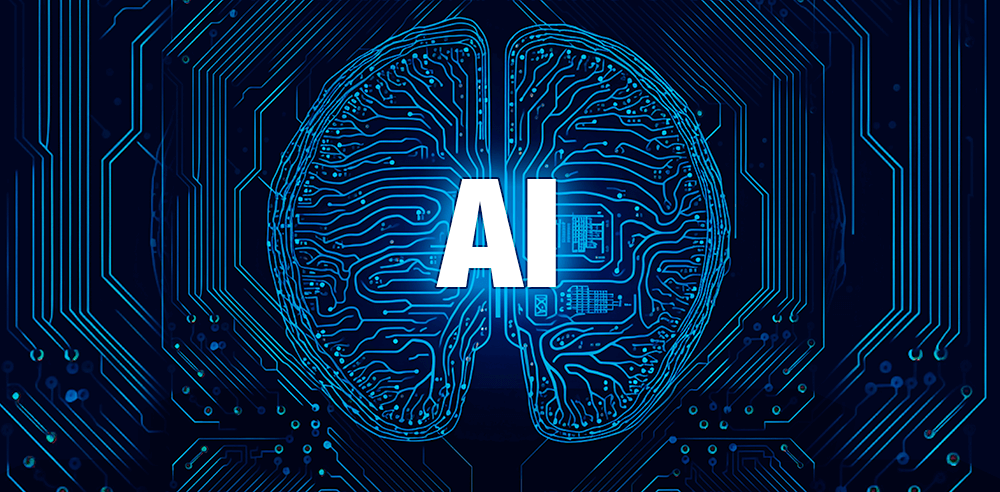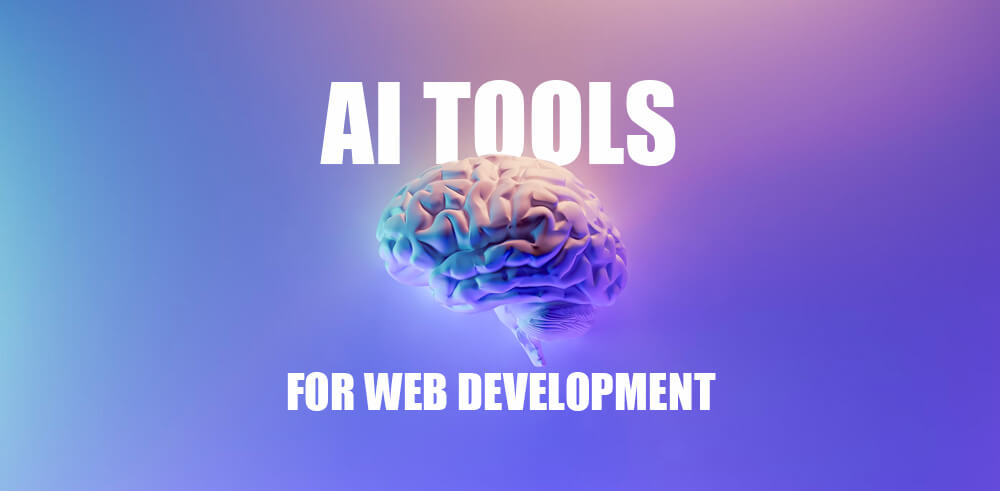What is Artificial Intelligence (AI)?
Artificial Intelligence, often abbreviated as AI, is a branch of computer science that focuses on creating systems capable of performing tasks that typically require human intelligence. These tasks can include things like learning, reasoning, problem-solving, understanding natural language, speech recognition, and even visual perception.
The Essence of AI
At its core, AI seeks to replicate the cognitive abilities of humans in machines. This involves teaching computers to think and learn like humans do. This is achieved through the use of algorithms and models that process large amounts of data and make predictions, decisions, or solve problems based on patterns and associations within that data.
Types of AI
There are generally three categories of AI:
Narrow AI (Weak AI)
Narrow AI, also known as Weak AI, is designed to perform specific tasks or solve particular problems. It excels at a predefined set of tasks but lacks the ability to generalize to other domains. Examples of narrow AI include virtual personal assistants like Apple’s Siri, Google’s Assistant, and chatbots.
General AI (Strong AI)
General AI, also known as Strong AI, refers to a level of AI that has the ability to understand, learn, and perform any intellectual task that a human being can. This level of AI, while often discussed in theoretical terms, does not yet exist in practice.
Artificial Superintelligence
This hypothetical level of AI surpasses human intelligence in every aspect, including creativity, problem-solving, and emotional intelligence. It is a concept that is the subject of much speculation and debate among experts in the field.
How AI Works
AI systems are built using algorithms and models. Algorithms are step-by-step instructions that dictate how a specific task should be performed, while models are trained using large datasets to recognize patterns and make predictions or decisions based on that data.
Machine learning is a subset of AI where models are trained on large datasets to make predictions or decisions without being explicitly programmed for each specific task. Deep learning is a type of machine learning that uses neural networks with many layers (hence the term “deep”) to process and analyze data.
Applications of AI
AI is prevalent in various aspects of our daily lives, often in ways we may not even realize. Here are some common applications:
- Recommendation Systems: Websites like Netflix and Amazon use AI to analyze your behavior and preferences to suggest movies, products, and more.x
- Natural Language Processing (NLP): AI-powered systems like chatbots and virtual assistants (e.g., Siri, Alexa) use NLP to understand and respond to human language.
- Image and Speech Recognition: AI is used in applications like facial recognition, voice recognition, and object detection in images.
- Autonomous Vehicles: Self-driving cars rely heavily on AI to navigate and make real-time decisions on the road.
- Healthcare: AI is used in medical imaging, drug discovery, and personalized treatment plans.
The Future of AI
As AI continues to advance, it holds the potential to revolutionize numerous industries, from healthcare and finance to transportation and entertainment. However, ethical considerations and responsible development are paramount to ensuring that AI technologies are used for the betterment of society.
In conclusion, Artificial Intelligence is a rapidly evolving field that aims to create machines capable of performing tasks that typically require human intelligence. It encompasses a wide range of technologies and applications that have the potential to shape the future in profound ways. With careful consideration and ethical guidelines, AI has the power to enhance our lives in numerous ways.






